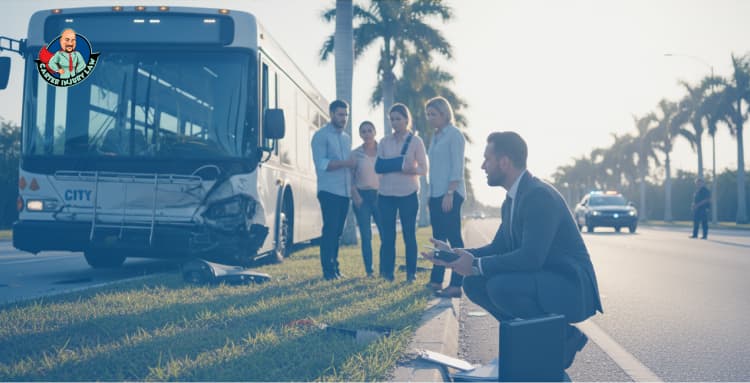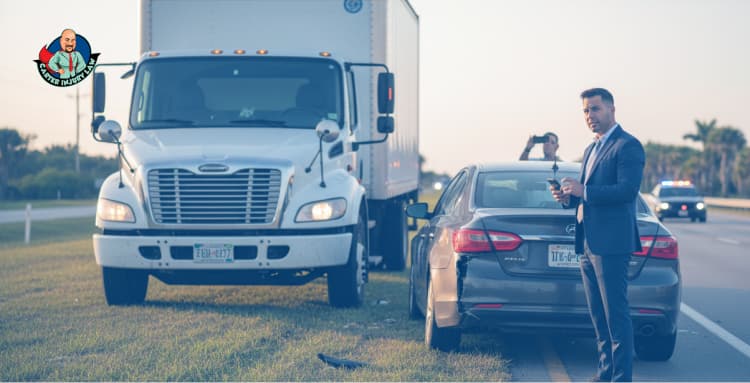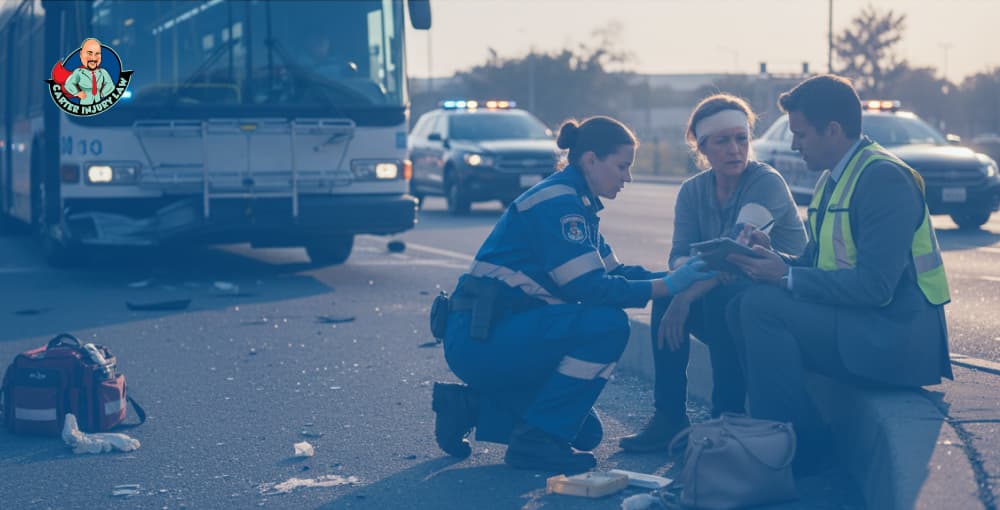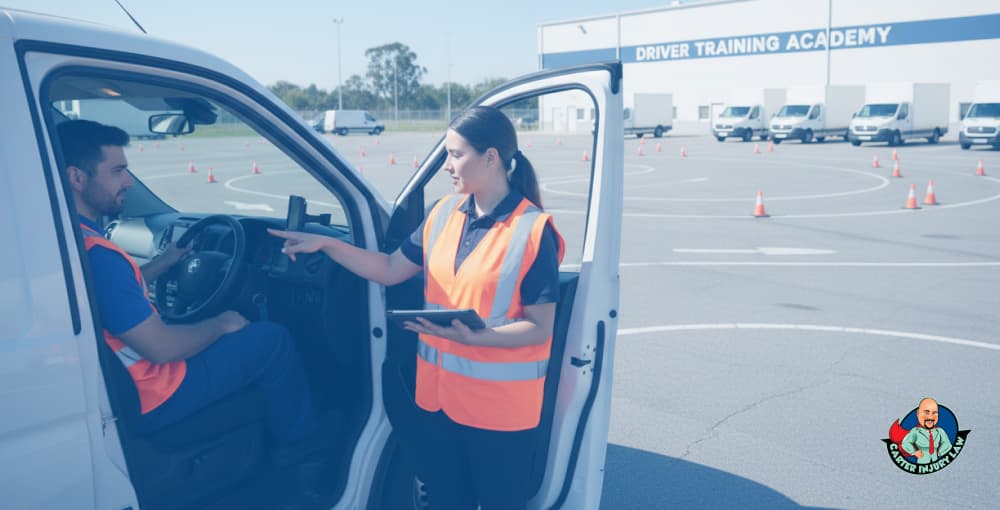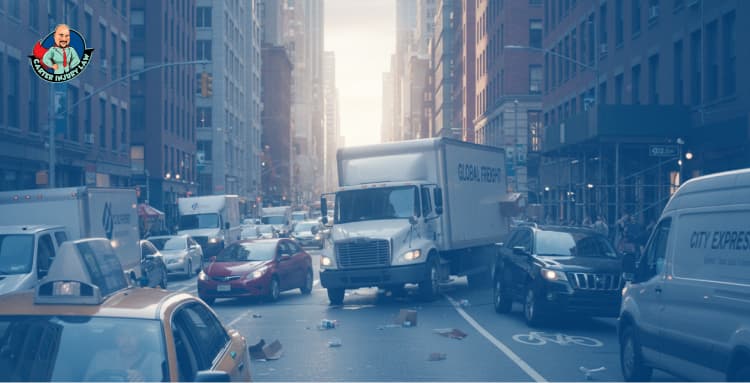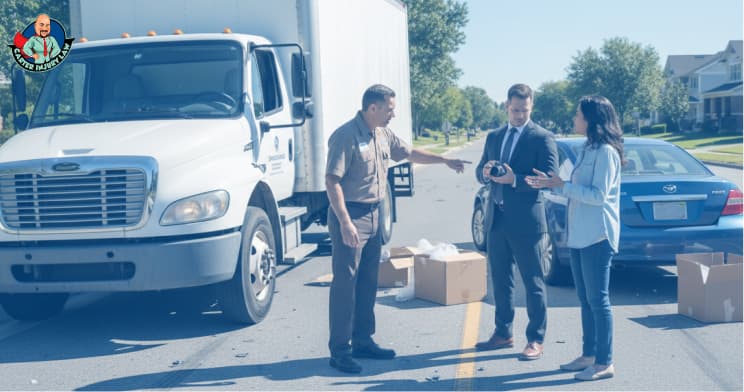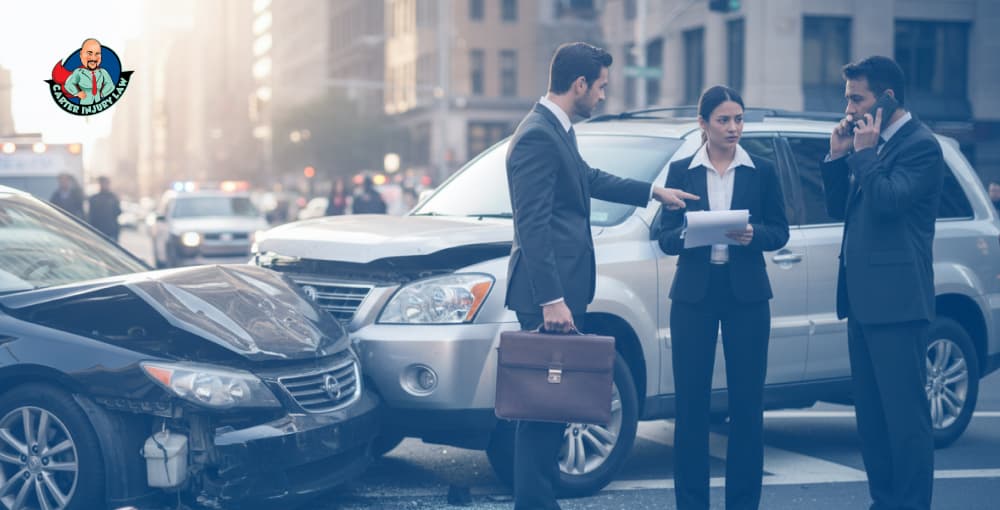Every year, thousands of cyclists are hurt on Florida roads, and many of those crashes end with more questions than answers. Was the driver reckless, or did the cyclist make a mistake too? In these cases, fault is rarely black and white, and that makes all the difference when it comes to recovering damages.
Florida does not follow the same rules as every other state. Instead, it uses a legal standard that divides fault between the people involved. It directly cuts into how much compensation a cyclist can receive. This system is called comparative negligence, and with Florida’s law changing in 2023, the stakes for injured riders are higher than ever.
1) What Florida’s Comparative Negligence Law Means for Bicycle Accidents
In simple terms, comparative negligence is a rule that says when more than one person is to blame in a crash, each person’s share of the blame reduces what they can recover. In other words, if you’re injured but partially at fault, your payout is cut to reflect your part in the accident.
As of March 24, 2023, Florida shifted from a pure comparative negligence system, where you could recover damages even if you were 99 percent at fault, to a modified system. That means now, if you are found to be more than 50 percent responsible for a bicycle crash, you cannot recover any damages at all.
Here’s how it plays out:
If you're 50 percent or less at fault, your compensation is reduced by your percentage of responsibility. For example, a 30 percent assignment of fault on a $100,000 claim means you walk away with $70,000.
If you're 51 percent or more at fault, you get nothing. No compensation, even if the other party clearly did wrong.
Florida’s change fundamentally reshaped how cyclists must think about liability after a crash. Now, small mistakes, such as failing to signal or veering slightly outside a bike lane, could push your fault just past that 50 percent threshold and wipe out your right to recover.
Even modest blame could cost you thousands in compensation or everything. Knowing this legal shift is critical, because it raises the stakes dramatically. And that brings us to the next vital question: how are these fault percentages actually decided, and what evidence matters most when every point counts?
2) Common Shared-Fault Scenarios in Florida Bicycle Crashes
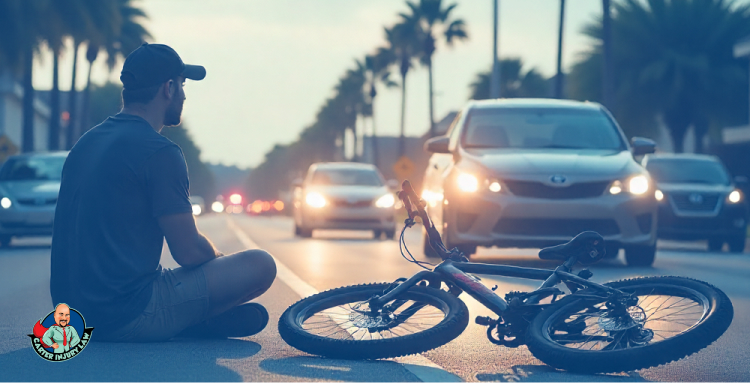
Florida's roads are shared by cyclists and motorists, and accidents often result from a combination of factors. Understanding these common shared-fault scenarios can help cyclists and drivers navigate the roadways more safely.
Drivers Failing to Yield or Speeding in Bike Lanes. Motorists sometimes fail to yield to cyclists or enter bike lanes without proper caution. This behavior can lead to collisions, especially when drivers are speeding or distracted. Such as, a driver turns right without checking for cyclists in the bike lane, causing a crash.
Another one is cyclists riding against traffic or ignoring signals. Cyclists riding against traffic or ignoring traffic signals can create dangerous situations. These actions reduce predictability and increase the risk of accidents.
Then, distracted driving and distracted cycling. Both motorists and cyclists can be distracted by mobile phones, in-car entertainment systems, or other devices. These distractions impair reaction times and awareness of surroundings.
Knowing how to protect your rights in these situations is essential. For guidance on legal options after a bicycle accident in Florida, see What Are Your Legal Options After a Bicycle or Pedestrian Accident .
Finally, lack of reflective gear in nighttime crashes Cyclists riding at night without proper lighting or reflective gear are less visible to drivers, increasing the likelihood of accidents.
3) Evidence That Determines Fault in Bicycle Accident Cases
In bicycle accident cases, establishing fault is crucial for legal and insurance purposes. Various forms of evidence play significant roles in determining liability.
Police Reports, Citations, and Crash Diagrams
Police reports are fundamental in documenting the details of an accident. They often include citations issued to involved parties and crash diagrams that illustrate the sequence of events. However, it's important to note that police-reported crashes may underrepresent non-motorized safety concerns.
For instance, a study revealed that 70% of reported bicycle injury events did not involve a motor vehicle, and 31% of these incidents occurred in non-roadway locations such as sidewalks, parking lots, or off-road trails.
Witness Statements and Testimonies
Witness statements provide firsthand accounts of the accident, offering insights into the events leading up to the incident. These testimonies can corroborate or challenge the accounts of the involved parties. In some legal cases, the credibility and consistency of witness statements have been pivotal in determining fault.
Photos, Surveillance, and Dashcam Footage
Visual evidence, such as photographs, surveillance footage, and dashcam recordings, can offer clear depictions of the accident scene. These materials can capture critical details like the positions of vehicles and cyclists, traffic signals, and road conditions at the time of the accident. Such evidence is invaluable in reconstructing the events and establishing fault.
Expert Analysis in Severe Collisions
In cases involving severe injuries or fatalities, expert analysis becomes essential. Accident reconstruction specialists can analyze physical evidence, vehicle damage, and other factors to determine the cause and sequence of events leading to the collision. Their expertise can be crucial in complex cases where liability is disputed.
4) How Comparative Negligence Affects Bicycle Accident Compensation

In jurisdictions that use comparative negligence, a cyclist's compensation in an accident can be directly affected by their level of fault. Here is how this principle works, which is critical for evaluating potential claims.
(I) Reduction of Damages by Fault Percentage
Under comparative negligence, if a cyclist is found partially at fault for an accident, their compensation is reduced proportionally. For instance, in Kentucky, if a cyclist is 30% at fault for an accident with total damages amounting to $10,000, their compensation would be reduced by 30%, resulting in $7,000 instead of the full amount . This reduction reflects the cyclist's share of responsibility in the incident.
(II) Impact on Medical Bills, Lost Wages, and Pain and Suffering
The application of comparative negligence can significantly affect the recovery of various damages. In states following this doctrine, even if a cyclist is partially at fault, they may still recover damages for medical expenses, lost wages, and pain and suffering, albeit reduced by their percentage of fault.
(III) Helmet Use and Other Safety Factors Influencing Claims
While not wearing a helmet is not illegal in many areas, it can influence the outcome of a bicycle accident claim. Insurance companies and courts may consider the absence of a helmet as a factor in determining the cyclist's degree of fault. In South Carolina, for example, not wearing a helmet, though not required by law, can be used to argue that the cyclist contributed to their own injuries, potentially reducing the compensation awarded . Similarly, in Wisconsin, failure to wear a helmet may be considered contributory negligence, affecting the damages recoverable.
Therefore, cyclists are advised to adhere to safety regulations, including wearing helmets, to mitigate the risk of being deemed partially at fault in the event of an accident.
5) Why Carter Injury Law Makes a Difference in Florida Bicycle Accidents
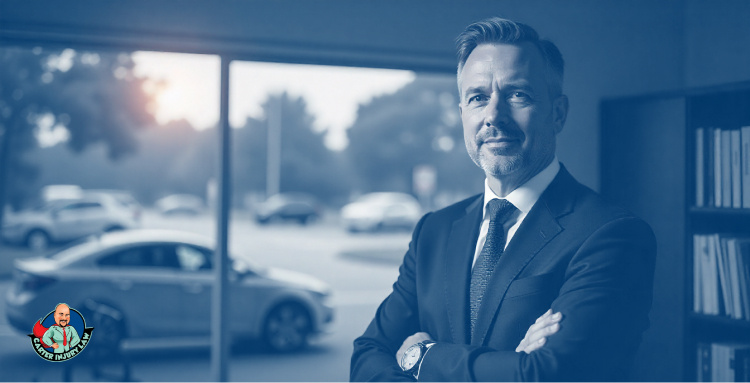
From the moment you reach out, we become your advocate. We explain every step of the legal process clearly, handle the paperwork, and make sure deadlines are never missed. Every question and concern is addressed, allowing you to focus on healing and getting back on your feet.
Insurance companies frequently attempt to reduce payouts, even when fault is obvious. Carter Injury Law can help in this situation. We collect evidence thoroughly, from medical records to accident reports, and we interview witnesses and experts to build a strong, compelling case. We negotiate aggressively with insurers and, if necessary, represent clients in court to secure the compensation they deserve.
We work on a contingency fee basis, which means families and injured cyclists do not pay a penny unless we win. This removes financial barriers and allows you to get the legal help you need without adding stress to an already difficult situation.




